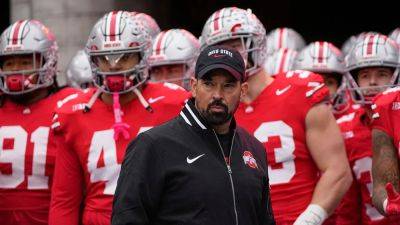Reimagining history: Phillip Toledano uses AI to recreate Robert Capa's lost D-Day photos
On 6 June 1944, Robert Capa, one of the most celebrated war photographers of all time, captured the chaos of the D-Day landings through the lens of his Contax II camera, as waves of soldiers stormed Omaha beaches while under heavy enemy fire.
It was the largest seaborne assault in history and also one of the deadliest. A mix of fierce winds, unpredictable tidal currents, and a brutal German defence led to the loss of 2,400 American lives by the end of the first day.
After Capa sent his all-important film back to London for development, a darkroom mishap overexposed most of the shots, leaving only 11 frames intact (known as The Magnificent Eleven).
These surviving images became some of the most haunting and powerful visual records of World War II, while the rest of the shots were lost to history.
Now, a newly unveiled project by British-born, US based conceptual artist Phillip Toledano is reimagining what might have been on Capa's missing rolls, using artificial intelligence image generation.
"The main idea isn’t so much about Capa or D-Day itself - it’s about how convincingly we can recreate the past, and what that implies for the present," explains Toledano.
The photo series, titled 'We Are At War', goes beyond a conventional book, presenting a 1944-style newspaper with AI-generated articles and ads, packaged in a period-correct box alongside the imagined contact sheet of Capa's lost roll.
Euronews Culture sat down with Toledano to discuss the creation of his groundbreaking project and his insights on the ever-evolving world of AI technology.
Euronews Culture: Could you give us a summary of the project in your own words?
Phillip Toledano: Sure. Well, in 1944, the famous photographer Robert Capa stepped off the boats at








